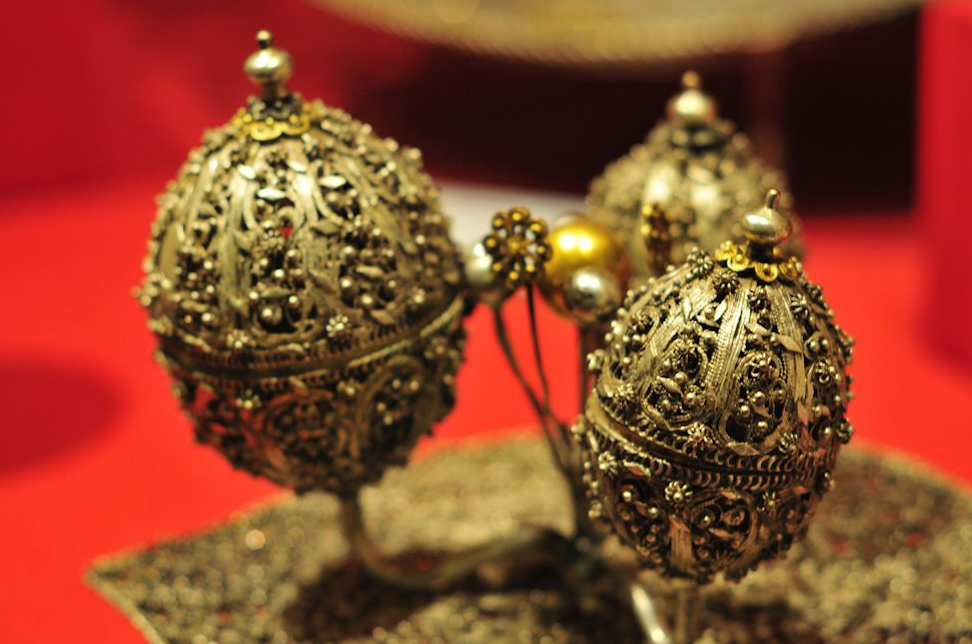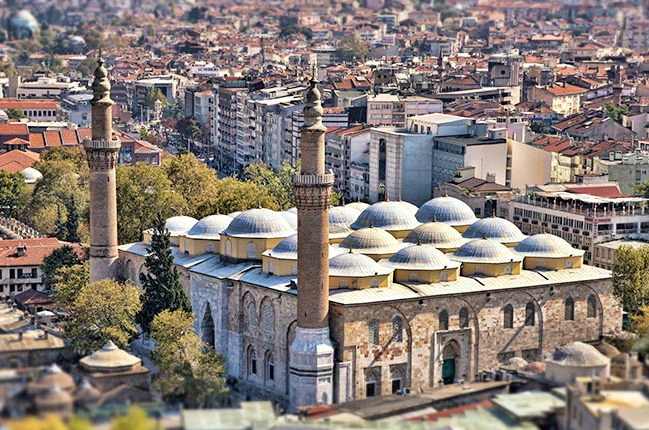Discovering the Timeless Beauty of the Sultan Ahmed Mosque: A Guide to Istanbul's Blue Mosque
Introduction: Nestled in the heart of Istanbul, Turkey, the Sultan Ahmed Mosque, affectionately known as the Blue Mosque, stands as a testament to the grandeur of Ottoman architecture and the rich cultural heritage of this historic city. This article serves as your guide to exploring the mesmerizing beauty and significance of the Sultan Ahmed Mosque, offering a glimpse into its architectural marvels and the rich history it embodies.
Unveiling the Architectural Splendor: Dating back to the early 17th century, the Sultan Ahmed Mosque was commissioned by Sultan Ahmed I. Its distinctive architectural style is a prime example of Ottoman design, boasting large domes, semi-domes, and elegant minarets that pierce the skyline. The mosque's exterior is a captivating sight, but it is the intricate blue tiles that adorn its interior, giving it the nickname "Blue Mosque," that truly sets it apart.
The Blue Tiles: A Visual Feast: Step inside the Sultan Ahmed Mosque, and you'll find yourself immersed in a sea of blue tiles meticulously arranged to create stunning patterns and designs. These intricate tiles not only add to the visual allure of the mosque but also narrate a story of craftsmanship and cultural significance. The delicate artistry on display within the mosque's walls is a testament to the mastery of Ottoman tilework.
Courtyard Serenity: Beyond its captivating interior, the Sultan Ahmed Mosque features a spacious courtyard with a central fountain. This open space serves as a peaceful oasis, inviting worshippers and visitors to pause and reflect. Surrounded by the mosque's architectural splendor, the courtyard adds to the overall spiritual and aesthetic experience.
Domes, Minarets, and Controversy: The Blue Mosque's main dome, complemented by smaller domes and six slender minarets, commands attention. Interestingly, the mosque's design sparked controversy during its construction, as the six minarets mirrored the ones at Islam's holiest site, the Kaaba in Mecca. To address this concern, a seventh minaret was later added to the Blue Mosque, creating a harmonious balance.
A Glimpse Inside: Venture into the mosque's main prayer hall to witness the grandeur of its interior. Adorned with intricate calligraphy, stained glass windows, and more of the iconic blue tiles, the prayer hall provides a serene space for worshippers. Visitors are encouraged to explore and admire the artistic details that make this mosque a true cultural gem.
Functionality and Cultural Significance: While the Sultan Ahmed Mosque remains an active place of worship, it graciously welcomes visitors outside of prayer times. As a prominent tourist destination, the Blue Mosque not only serves as a religious center but also stands as a symbol of Istanbul's rich history and cultural heritage.
Conclusion: In conclusion, the Sultan Ahmed Mosque, with its timeless beauty and cultural significance, invites both locals and tourists to embark on a journey through history. From its architectural marvels to the serene courtyard and vibrant interior, the Blue Mosque remains a must-visit destination, captivating the hearts of those who seek to uncover the enchanting spirit of Istanbul's past.









































